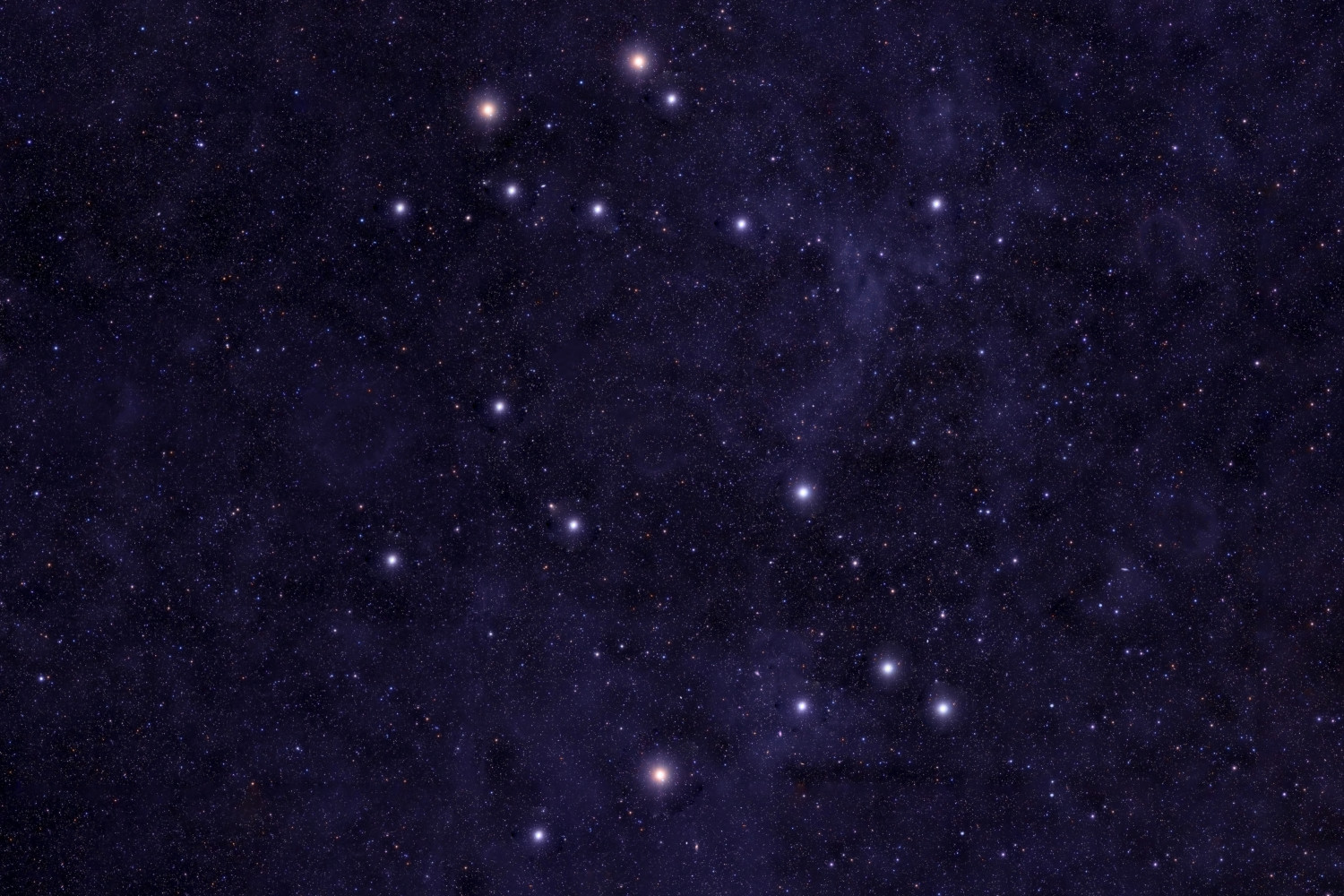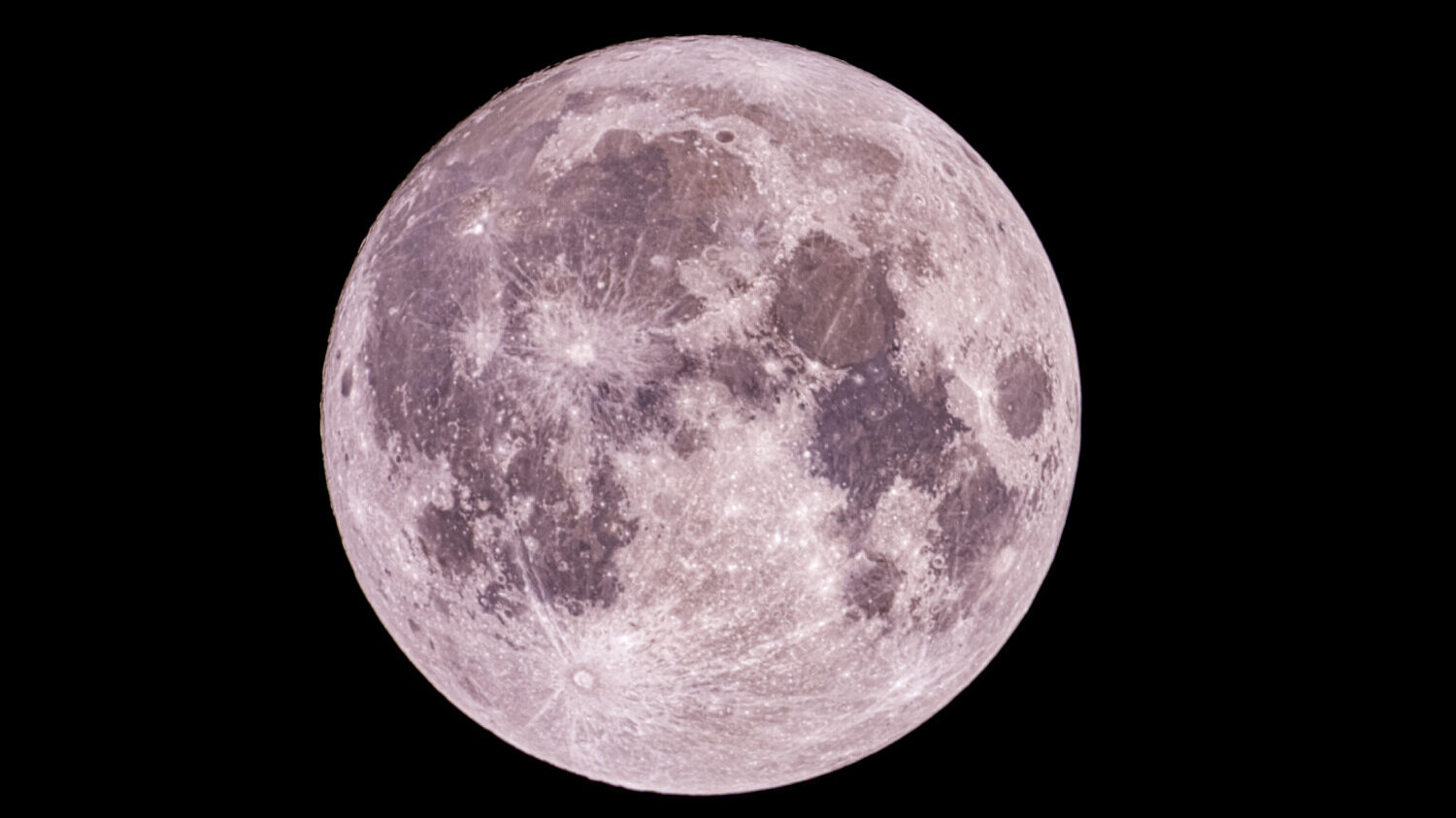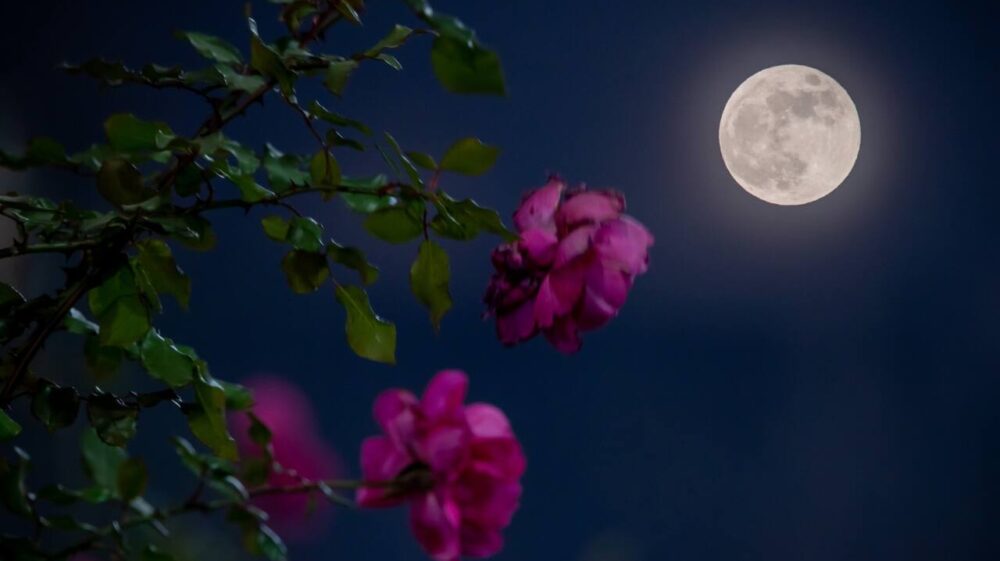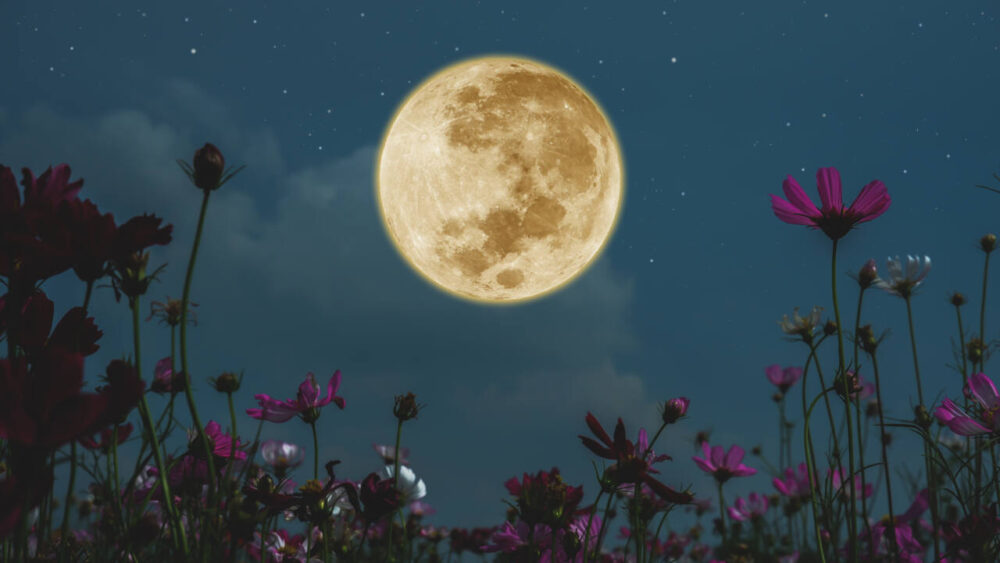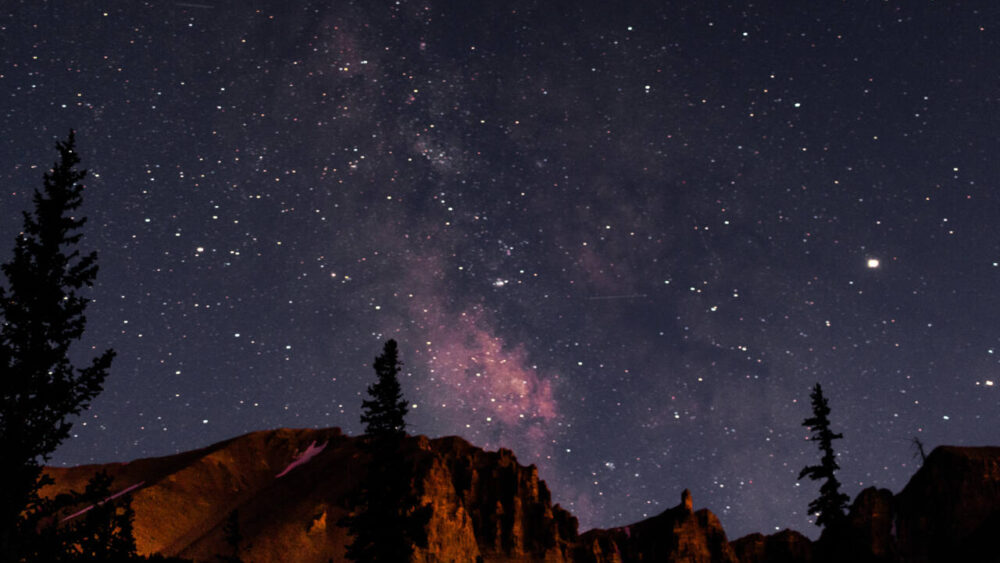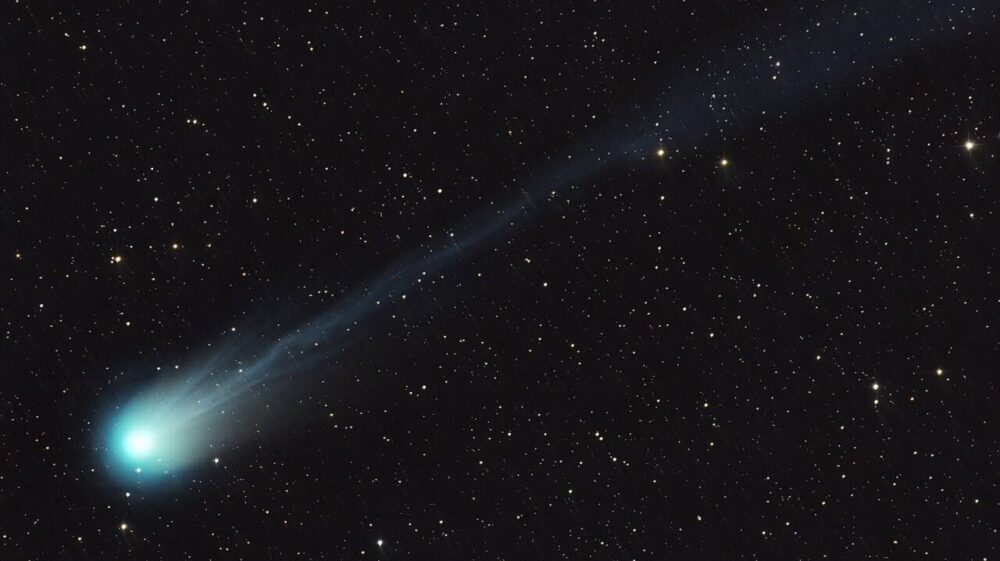How to see December’s full Cold Moon right after Christmas
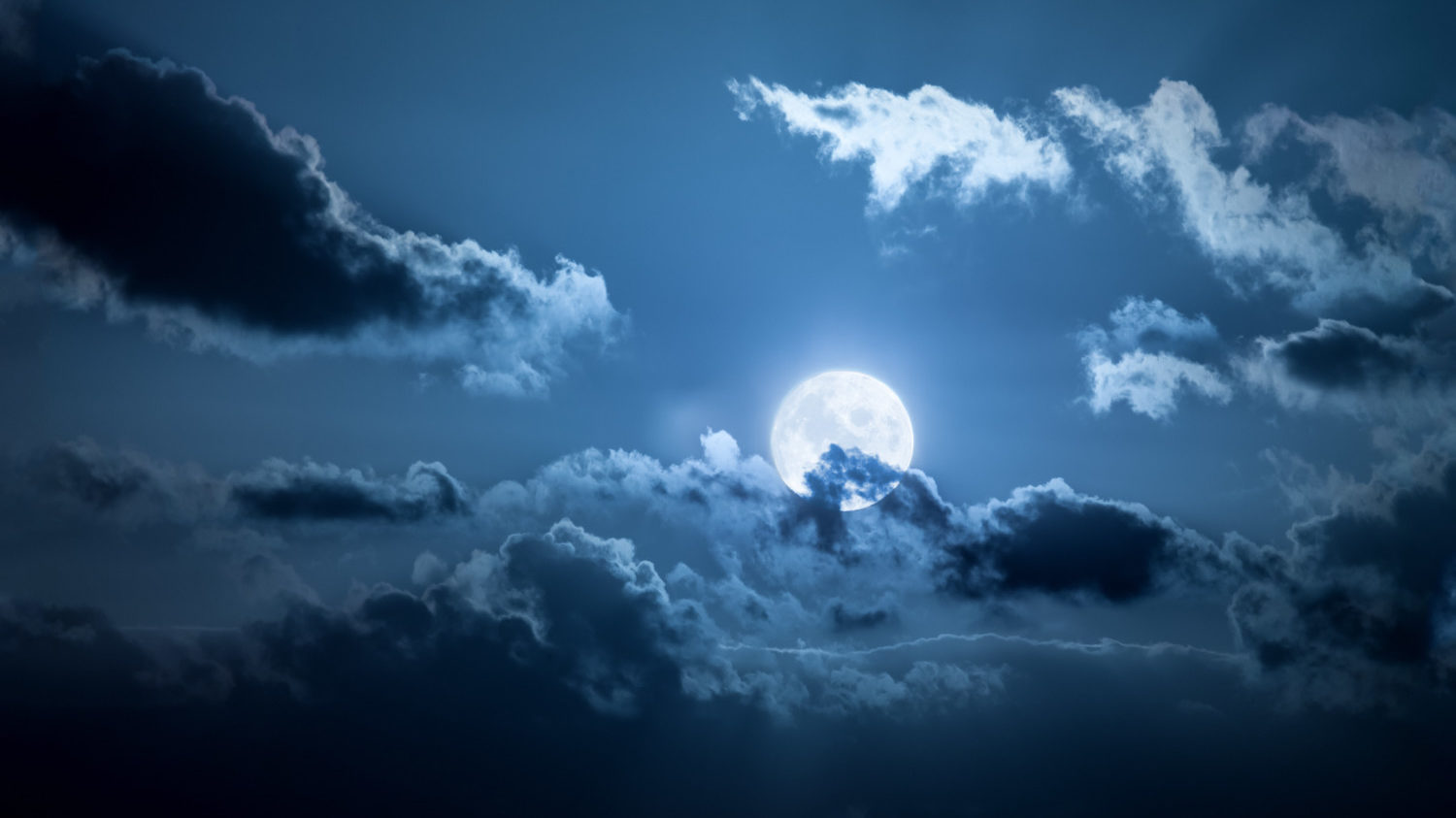
December’s full moon, also known as the Cold Moon, reaches peak illumination on Dec. 26 at 7:33 p.m. EST.
The full moon arrives just a day after Christmas, so the moon will appear full beginning on Christmas night through Dec. 27. This should give watchers ample time to get a good look at the last full moon of 2023 and the first full moon of the winter season.
To find it, look toward the constellation Gemini, which is close to Orion and Taurus.
MORE: There’s a stunningly detailed new map of the moon
Why the December Full Moon Is Called the Cold Moon
The full moon names we use today originate from Native American, Colonial American and other traditional sources, according to The Old Farmer’s Almanac. Most of these names can be tied to nature and the time of year when these full moons occur.
The Cold Moon, not surprisingly, gets its name because this is when the colder weather of the winter season begins to take hold.
In most years, the full moon arrives before the winter solstice, which typically lands on Dec. 21 — give or take a day. The winter solstice is also the longest night of the year, which is why some cultures call December’s full moon the Long Night Moon.
Other interesting names for December’s full moon include Frost Exploding Trees Moon, Winter Maker Moon and Snow Moon. That last name, however, is also what we call February’s full moon.
MORE: The best telescopes for home use, according to star-gazing experts
Is December’s Full Moon Brighter Than Others?
The December full moon shines just as bright as all the other full moons throughout the year, but it is unique in another way —and it has everything to do with the long winter nights.
December’s full moon stays above the horizon longer and travels higher in the sky than most other full moons throughout the year.
MORE: Scientists find new source of water on the moon
This year, the full Cold Moon will rise at 4:51 p.m. EST on December 26, and it won’t set until the next day, Dec. 27, at 8:49 a.m. EST. That gives everyone almost 16 full hours to look up and catch a glimpse of the brightest object in the night sky.
When Is The Next Full Moon?
The next full moon occurs on Jan. 25, 2024. That moon is called the Wolf Moon.
A complete moon cycle — from full moon to full moon — is about 29 and a half days, which averages out to about 12 full moons most years.
That wasn’t the case this past year when we got a second full moon, or a blue moon, in August.
The next time we’ll see 13 full moons in a year will be in 2026 when we’ll get two blue moons — one in January and one in March.
Jason Meyers is a meteorologist and nature enthusiast who once made a number of entertaining and educational YouTube videos.
MORE: 5 things you probably didn’t know about the shortest day of the year


